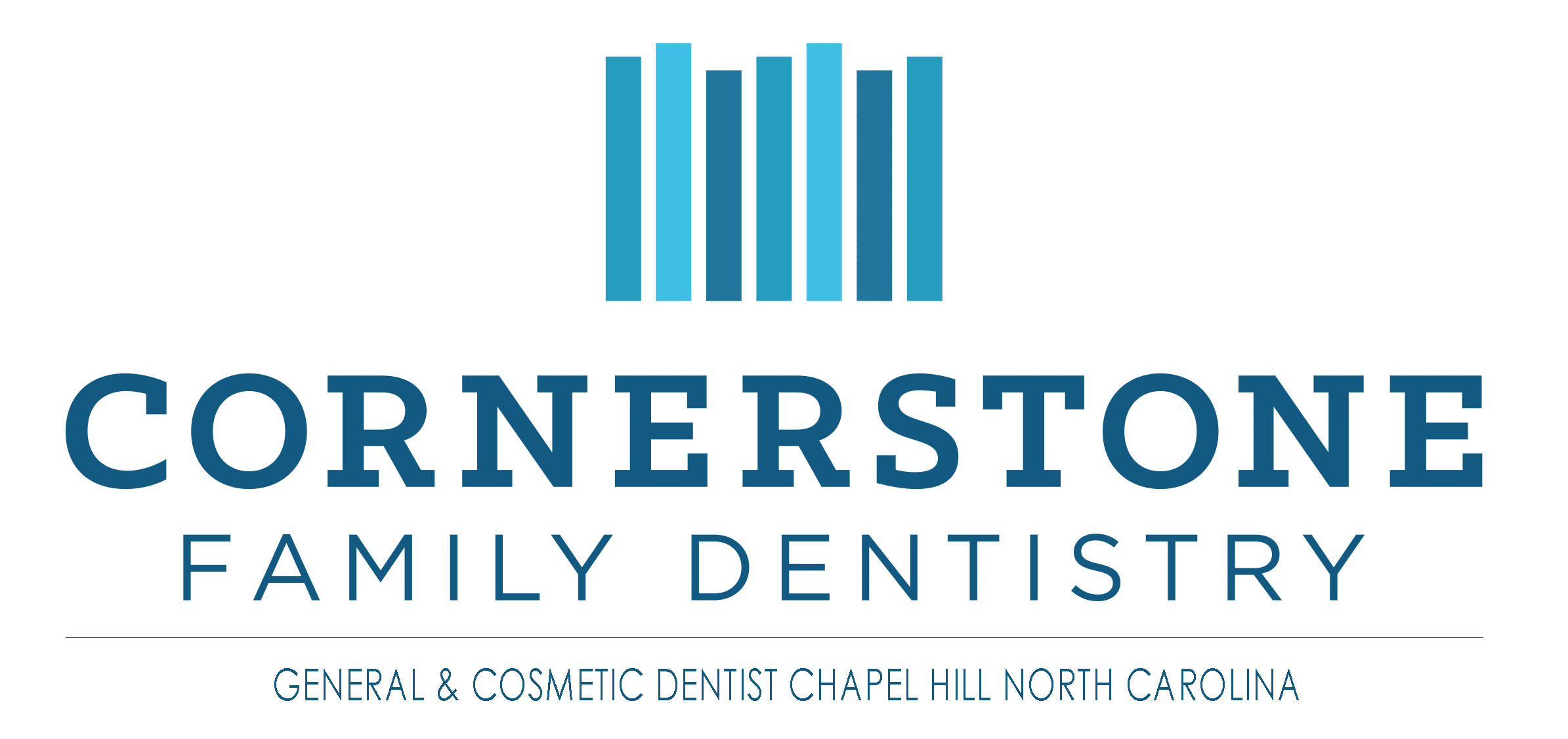Can You Fix Tooth Decay
It is fairly well known that dental cavities are holes in a tooth but many fail to realize that cavities form over time as a result of tooth decay. Even less well known known is that the process of tooth decay can be stopped or potentially reversed before a cavity develops.
To better educate adults and parents of children, this article will evaluate how tooth decay starts and how it can be stopped or reversed before developing into a cavity.
What is Going on Inside the Mouth?
The mouth is full of different types of bacteria living on the tongue, gums, teeth, and other places. Some bacteria are beneficial while others, such as those involved in tooth decay, are harmful. Tooth decay results from an infection from certain bacteria that convert sugars in food to produce acids. Over time, these acids wear away the tooth enamel leading to a cavity.
A balancing act occurs throughout the day in the mouth. On one side are the plaque-causing bacteria coupled with the starches and sugars from the foods and drinks consumed. Whenever foods or drinks that contain sugars and starches are consumed, the harmful bacteria feed on them and produce acids that wear away the tooth’s outer layer (enamel).
On the other side, are the minerals in saliva (like phosphate and calcium) plus fluoride from water, toothpastes, and other sources. These help enamel repair itself by replacing the minerals lost to acid damage.
How Does a Cavity Develop?
If a tooth is repeatedly exposed to acid, such as eating or drinking frequently throughout the day, the frequent cycles of acid attacks causes the enamel to lose minerals and become damaged. In the earliest stages of tooth decay, a white spot may appear. At this point, it may be possible to stop or reverse the damage. But if left untreated, the decay will continue, more minerals will be lost, the enamel further weakened, and a cavity will form. Cavities are permanent damage that will require a filling from a dentist.
How to Avoid a Cavity
- Use Fluoride: Because tooth decay is attributed to mineral loss in the enamel, replacing lost fluoride can help stop or potentially reverse tooth decay from advancing. Fluoride prevents mineral loss and reduces the harmful bacteria’s ability to produce acid. Fluoride can be found in:
- Tap water – roughly 75% of American community water supplies contain fluoride
- Fluoride toothpastes
- Fluoride mouthwashes
- Professional treatments by a dentist – can be applied (as a gel or varnish) or prescribed (tablet or mouth rinse)
- Modify Eating Patterns: Saliva can help remove harmful acids produced by the bacteria but if frequent snacking or meals occur, the mouth does not have a chance to maintain balance. To give the mouth a chance to restore equilibrium after eating, spacing out meals can help prevent tooth decay. In addition, foods should be nutritious, vitamin and mineral rich, and be low in sugar or starch.
- Ensure Proper Oral Cleaning Regimen: The best way to prevent a cavity is to thoroughly clean the mouth regularly. Flossing should be done daily and brushing should be done twice a day. And routine dentist examinations and cleanings should also be part of a comprehensive oral care plan.
More on Tooth Decay : What Causes Tooth Decay?
